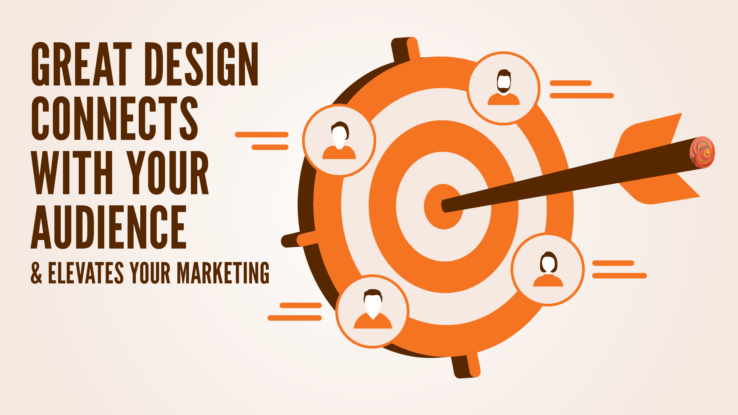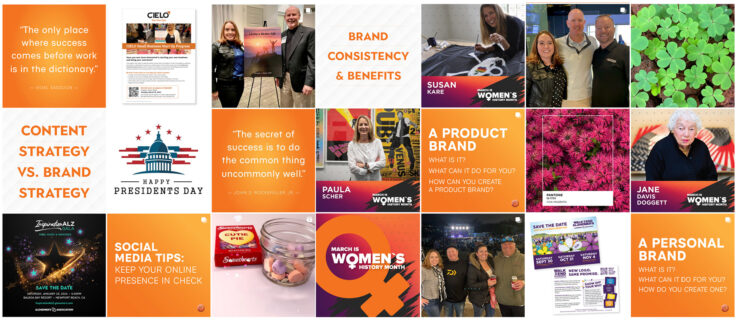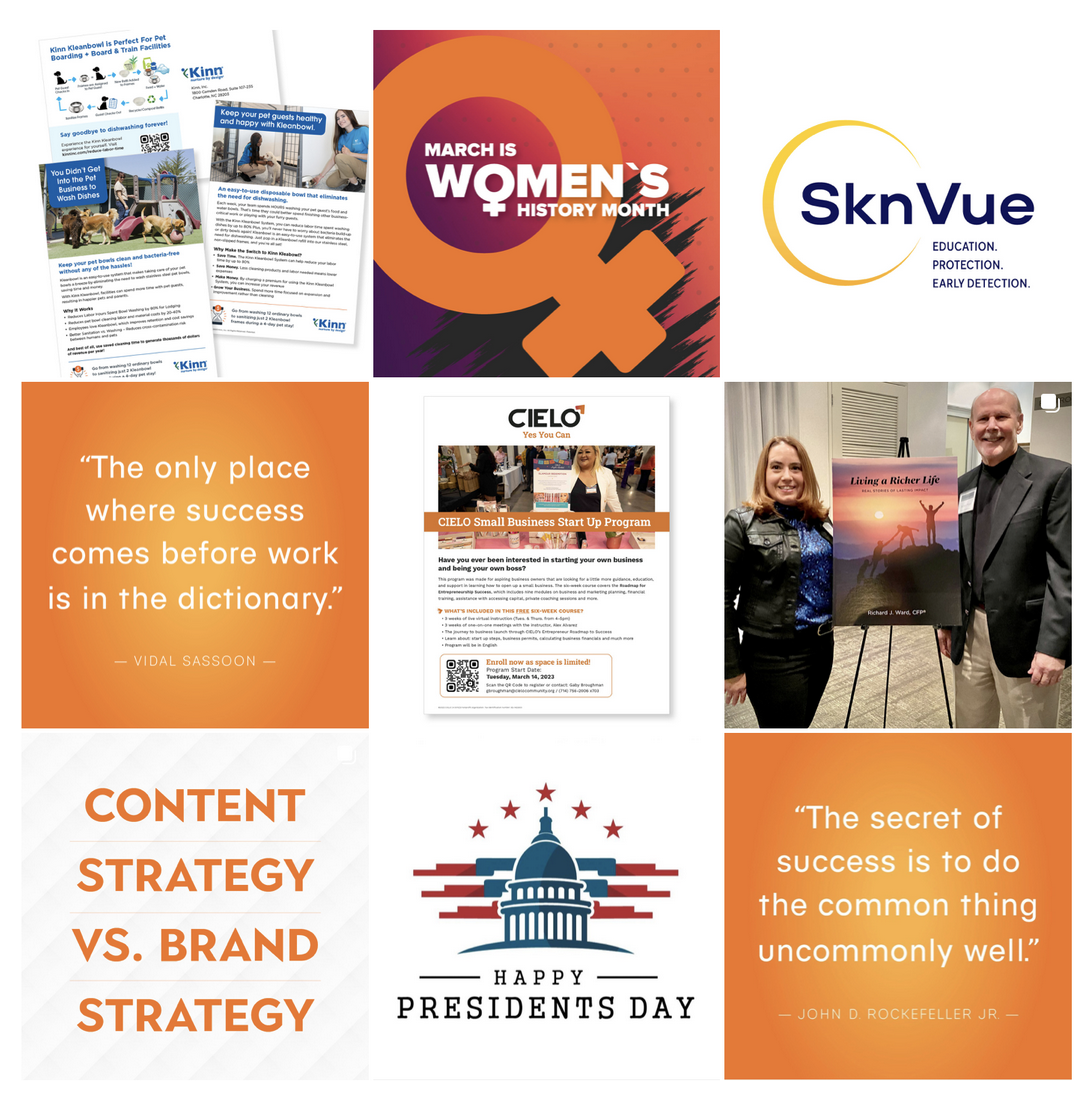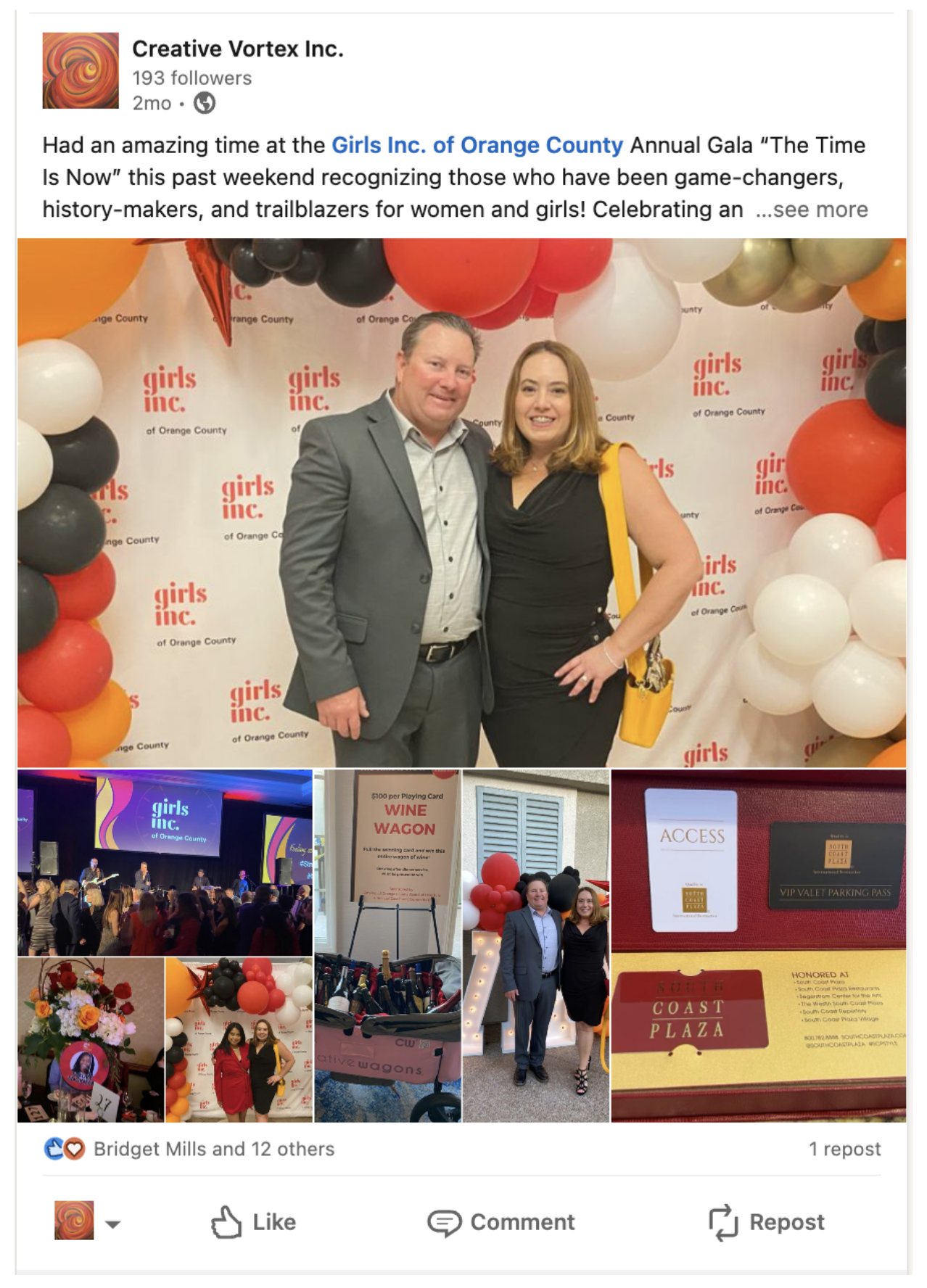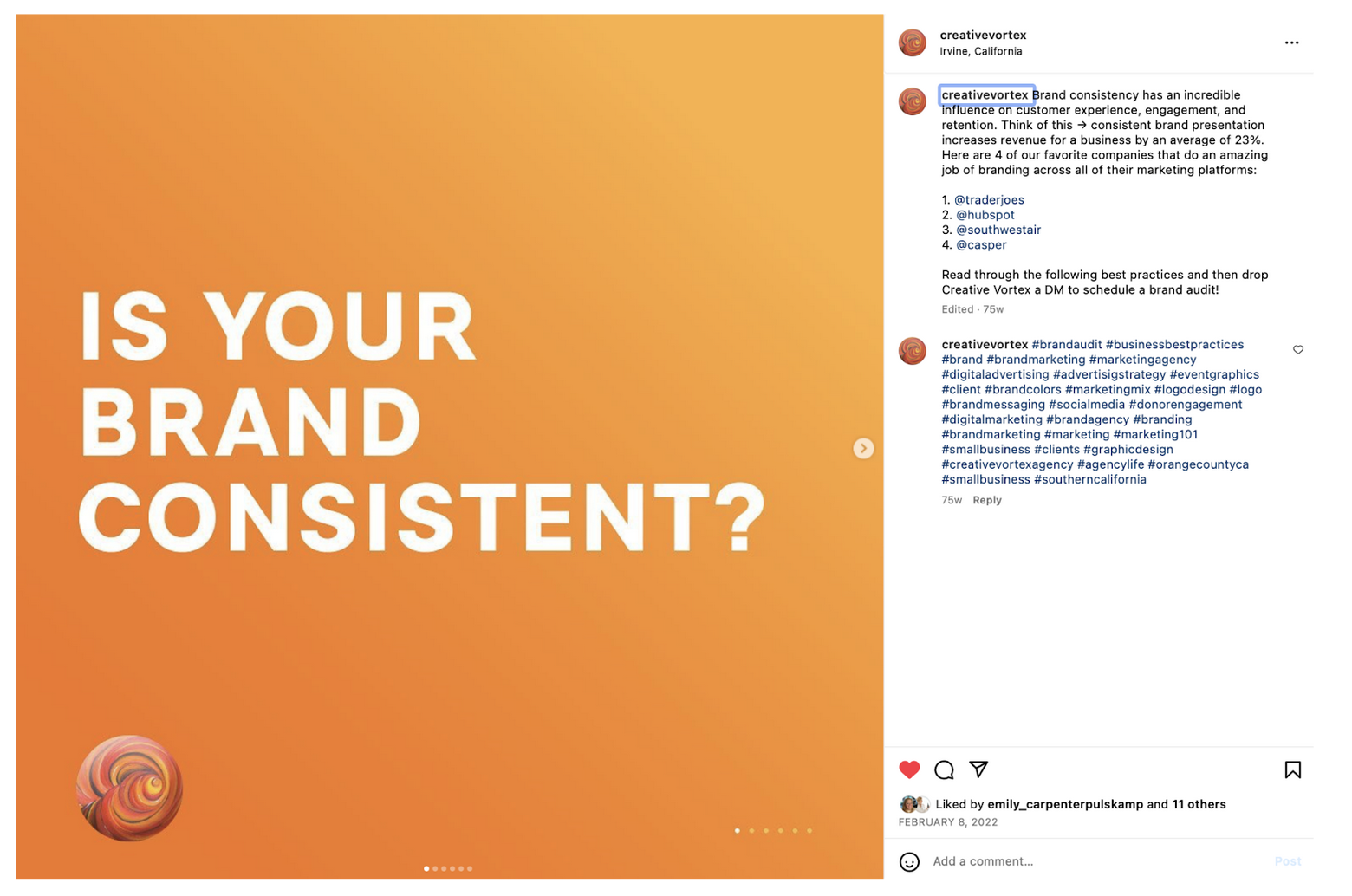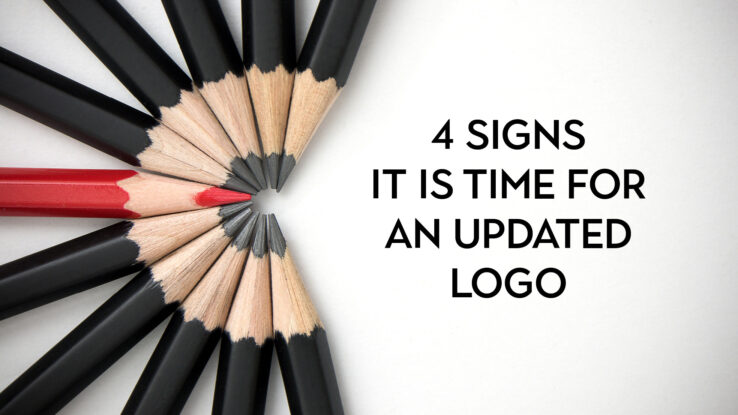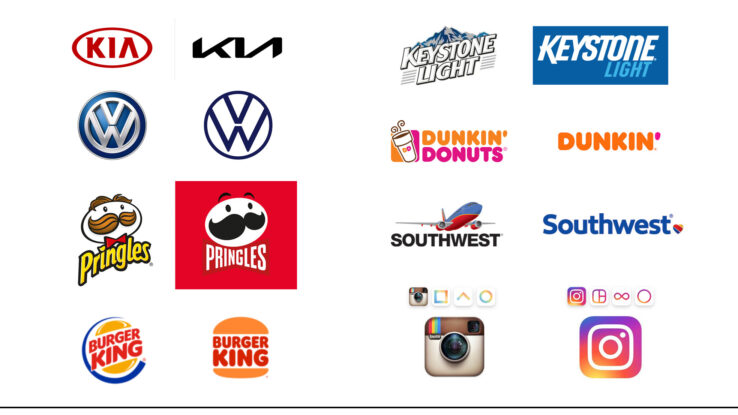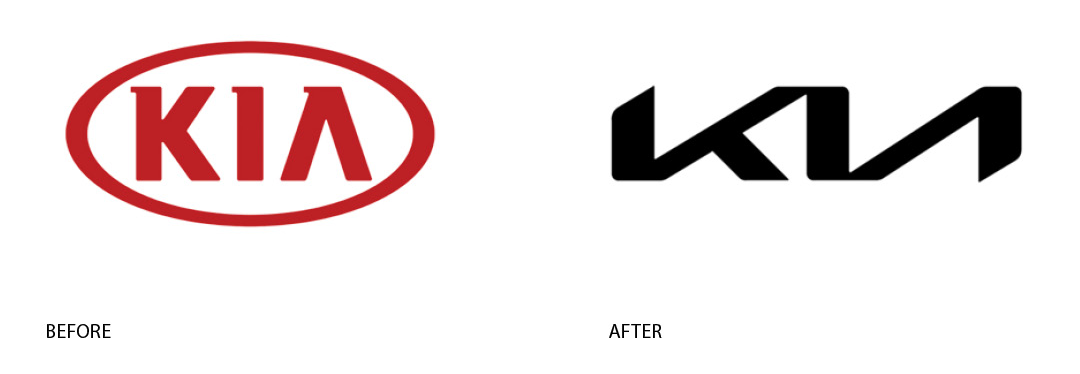We live in an era where visuals are paramount. Everywhere we look, vibrant colors, compelling photography, and dynamic graphics blend seamlessly with marketing, advertising and digital media. Companies leverage these elements to craft persuasive strategies that captivate our attention. Every brand is competing for our eyes, hearts and dollars, urging us to click and add to cart or rally for a cause. It’s their chance to show how they can improve our lives by offering exactly what we need to achieve our goals and solve our problems.
Graphic design is a powerful tool for visual storytelling, allowing you to connect with your audience on a deeper level. By thoughtfully combining images, typography, and layout, you can craft a compelling narrative that makes your brand’s message more impactful and memorable. Strategic use of design elements — such as graphics, color psychology, and typography — enhances the user experience across all platforms, from social media and packaging to websites and print materials. When your designs are audience-focused, they resonate more effectively, keeping users engaged and increasing the likelihood of a financial conversion.
Key advantages of investing in high-quality and targeted design include:
- Good design enhances communication by making your message clear, engaging, and visually appealing. It ensures your audience quickly understands your brand’s purpose, creating a stronger connection.
- Compelling visuals grab attention and draw customers in, making them more likely to engage with your content either as a buyer or follower. Well-designed graphics create a more immersive experience, encouraging interaction, purchasing power and a stronger brand connection.
- Consistent and well-executed design reinforces your brand identity, making it instantly recognizable to your audience. Strong visual branding fosters trust and loyalty over time.
- High-quality design gives your brand a polished, professional appearance. A visually cohesive and well-crafted look signals credibility, showing your audience that you are trustworthy and reliable.
- Effective design directs visitors to key areas of your website, driving more traffic. By creating a visually appealing and user-friendly experience, it helps convert visitors into leads and, ultimately, paying customers. Well-crafted design encourages action, making it easier for customers to navigate and complete their purchase, resulting in increased sales.
Get creative with your graphic design and let your imagination run wild as you think outside the box! This is your chance to push boundaries while staying true to your brand identity. But don’t forget — understanding your audience is key to crafting visuals that not only tell an authentic story but also captivate and engage your target market. Know who you’re speaking to, and consider the emotional impact your design will leave on them. When you fully commit to top-notch graphic design, you don’t just grab attention — you forge a powerful connection with your customers. Investing in professional design ensures that every brand touchpoint is meticulously crafted, building a vibrant, unified identity that resonates deeply with your audience.

